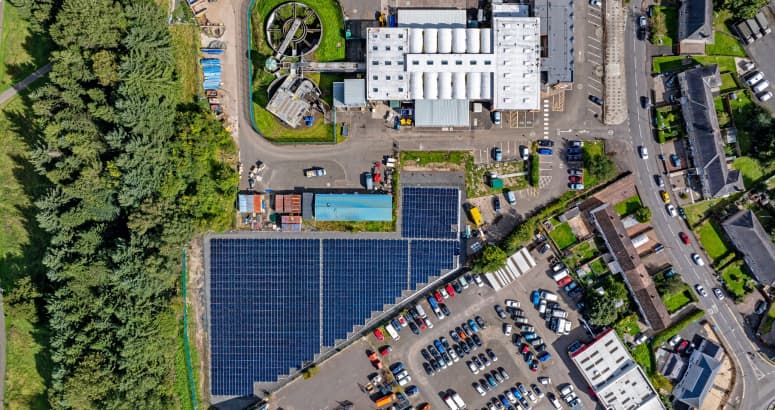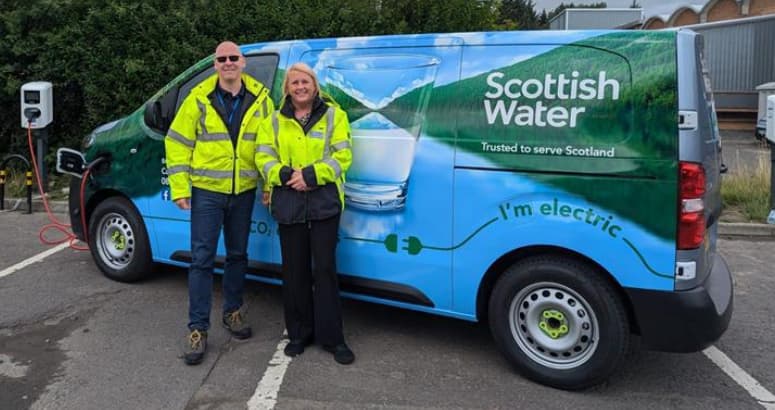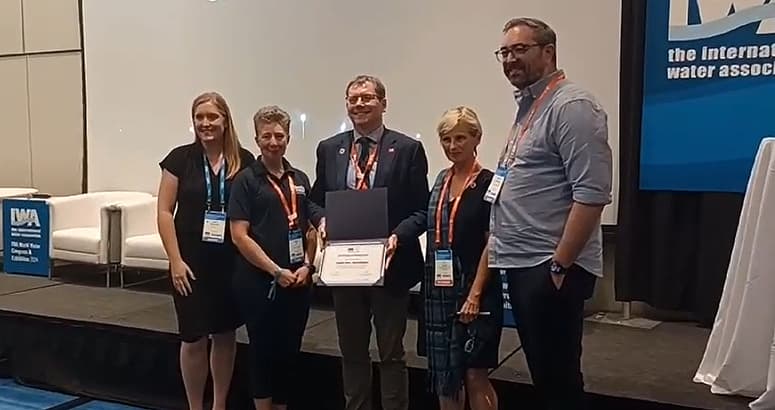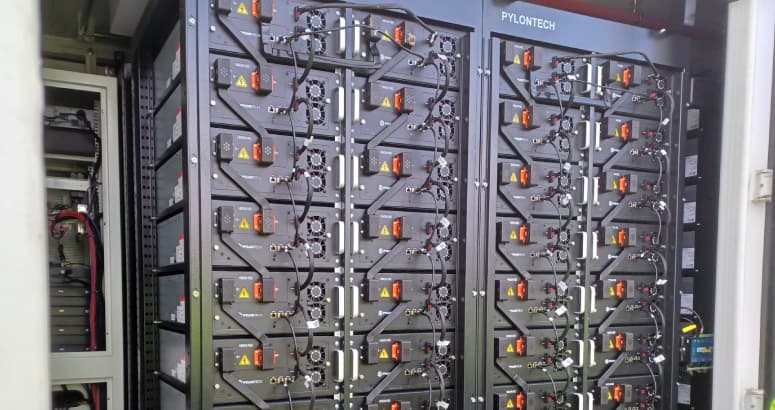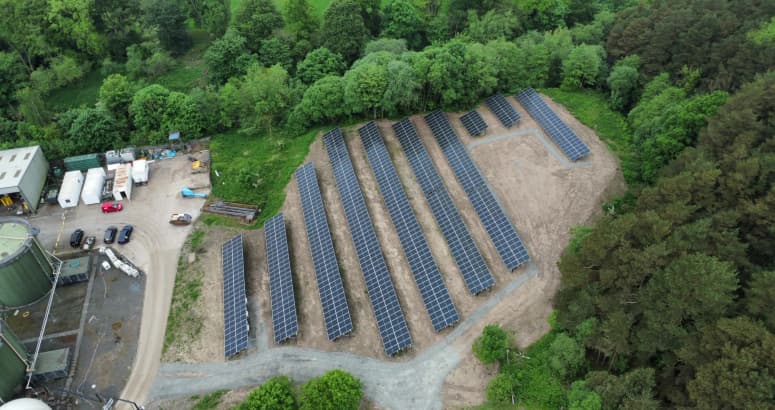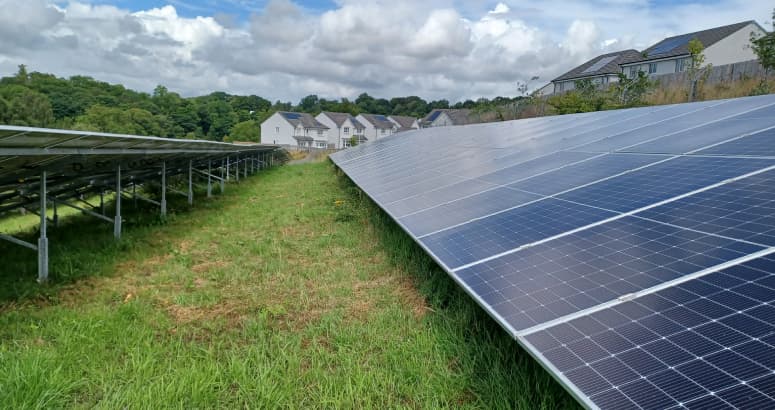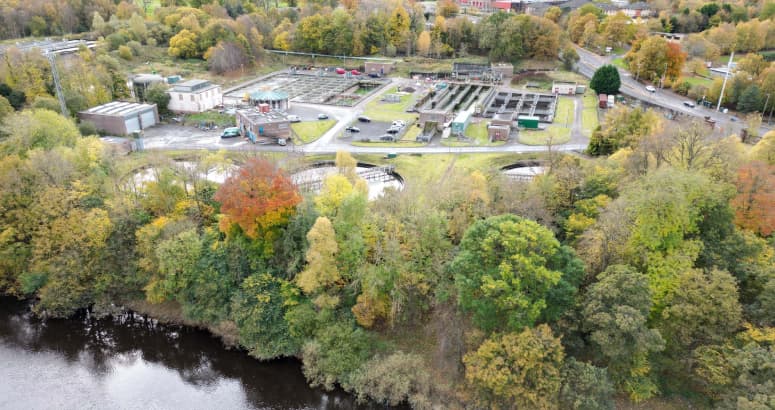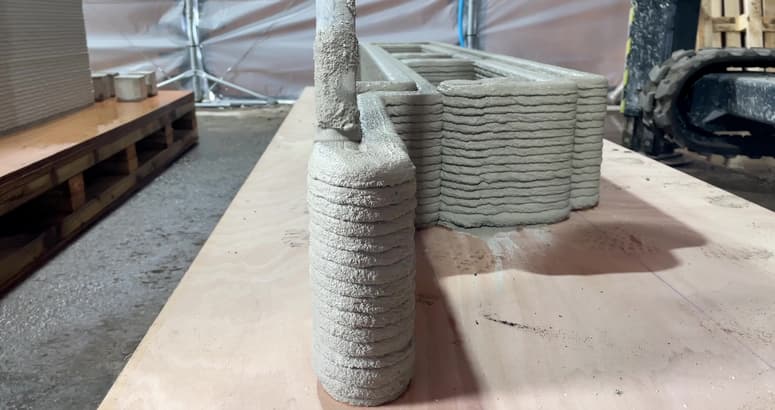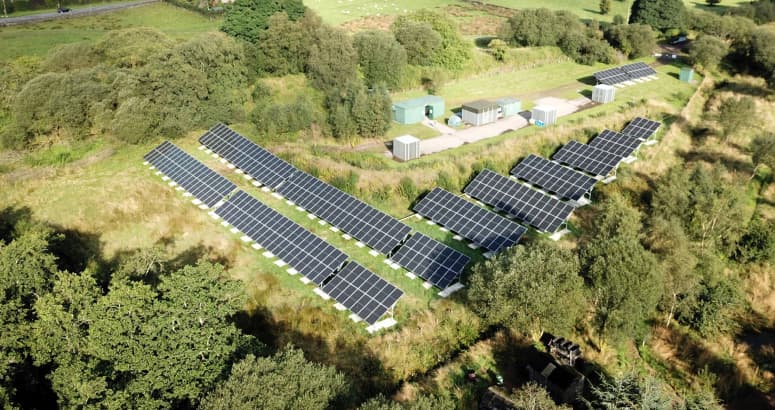
The renewable energy generated by the solar panels will meet 12 per cent of the site’s power usage, saving 17 tonnes of carbon annually and supporting Scottish Water’s drive to reach net zero emissions by 2040.
The project has been led by Scottish Water Horizons, the public utility’s commercial subsidiary, and delivered by contractor R&A Group.


